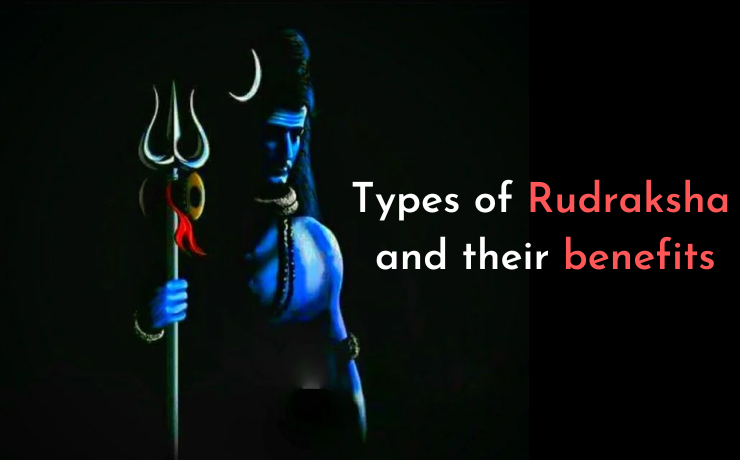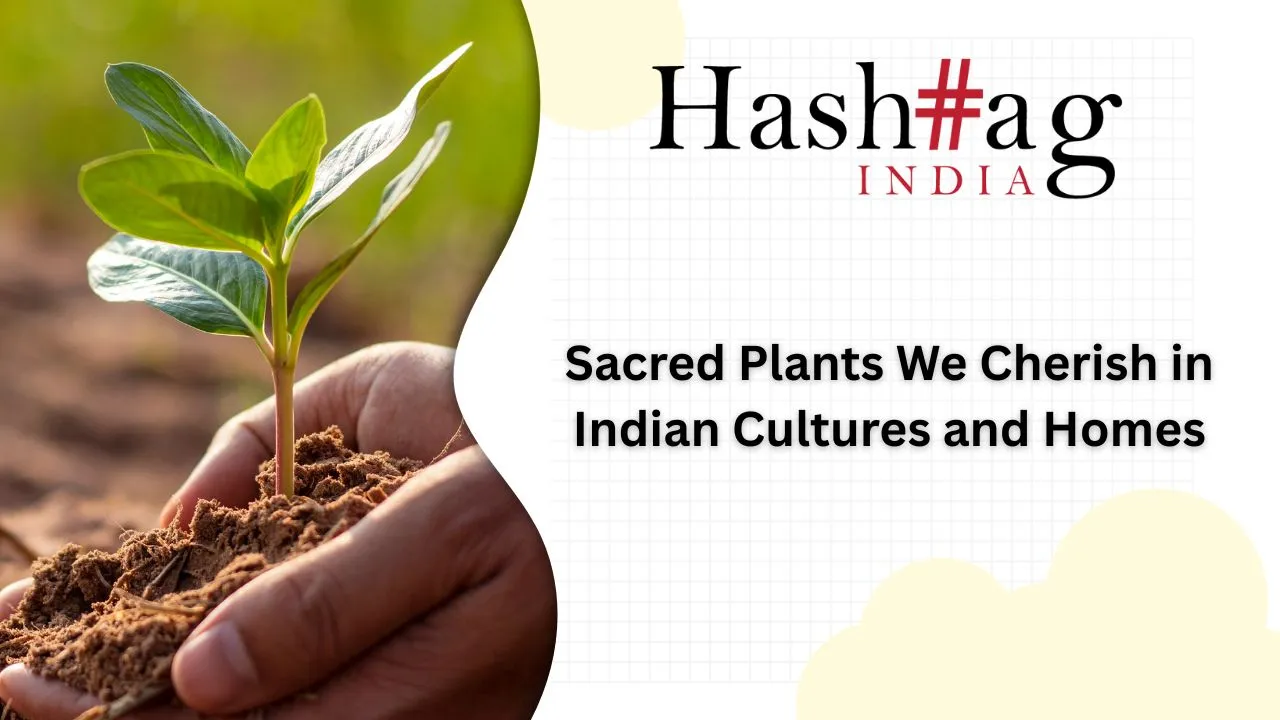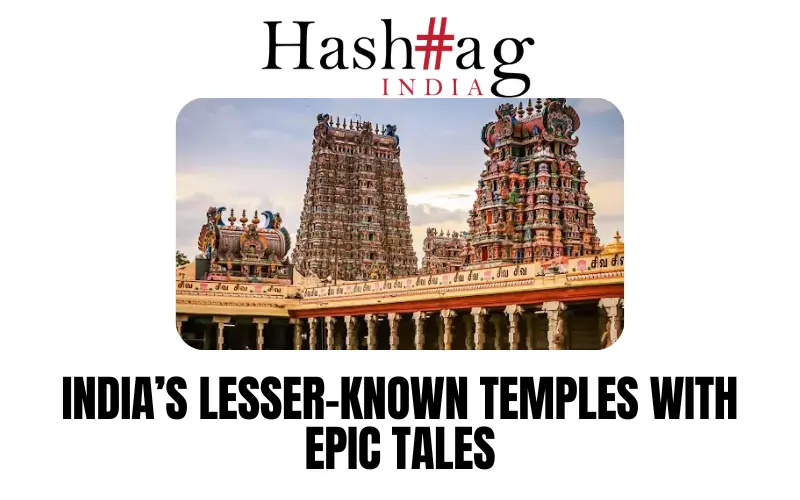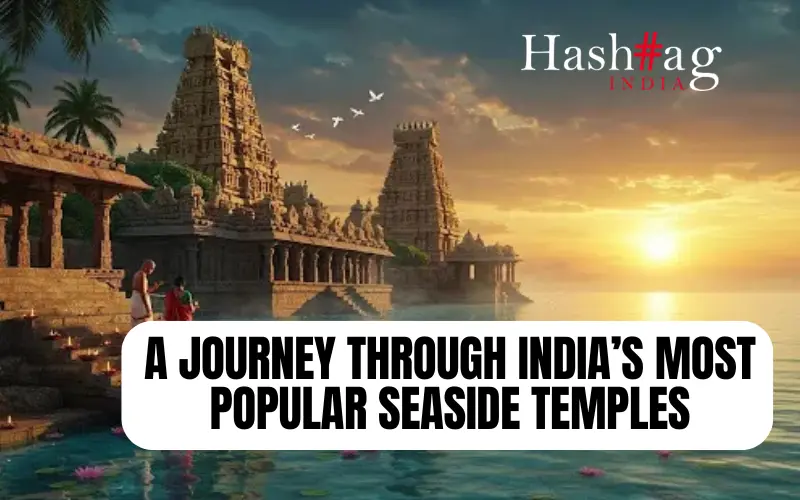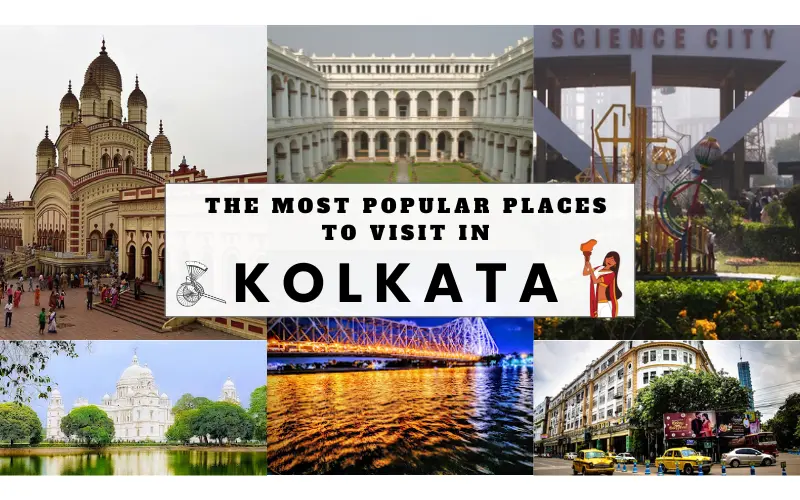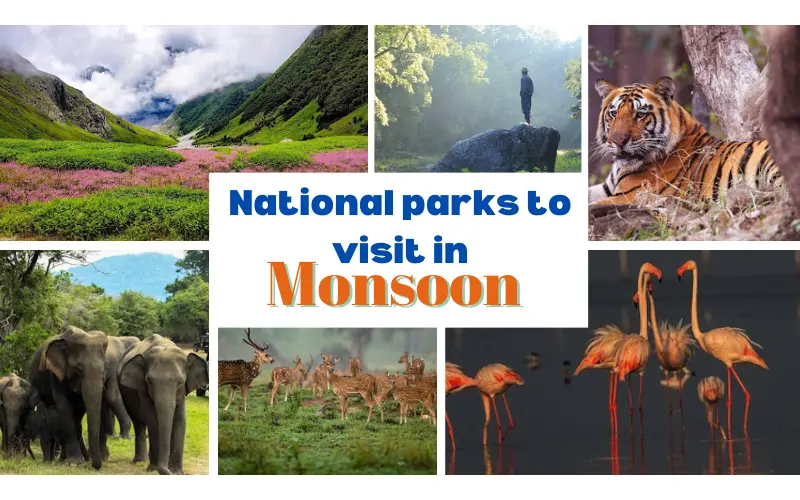There are many spiritual, mental, and physical benefits of wearing a Rudraksha. It is
comprised of two words Rudra means Lord Shiva, and Aksha means teardrops. When the tears of Lord Shiva landed on earth near Kalisah mountain they formed the Rudraksha tree.
Rudrakshas have electromagnetic properties, and they emit electromagnetic waves to create an aura in the surroundings of the wearer. They are also capacitors which means they store and release energy at a certain point in time. Wearing a rudraksha helps to improve the blood flow to your mind and body.
There are vertical lines seen running down the surface of Rudraksha. These lines are known as Mukhi (or) faces. The faces range from 1 to 21. Out of them, only 14 mukhis (faces) are commonly found in the Himalayan regions. There are other Rudrakshas with more than 21 vertical lines, but they are extremely rare.
Types of Rudraksha and their benefits
1) Ek-Mukhi Rudraksha
Ek-Mukhi Rudraksha is ruled by Lord Shiva and it is beneficial for attaining super
consciousness. The Ek-Mukhi Rudraksha helps cure migraines and other mental diseases. It is strongly believed that the chosen ones who receive the sacred blessings of Lord Shiva get the opportunity to wear this unique Rudraksha.
2) Dwi-Mukhi Rudraksha
Dwi-Mukhi reigning God is Lord Ardhanareshwar. It represents two images of Shiva and Shakthi, and the wearer of this Rudraksha would be blessed with unity and harmony. It maintains oneness in the relationship. On a spiritual level, it removes the negative elements of the planet’s moon. On a physical level, the Rudraksha cures emotional instability, releases fear, and insecurity, and gives inner happiness and fulfilment.
3) Tri-Mukhi Rudraksha
Tri-Mukhi Rudraksha symbolizes the fire god Agni. This rudraksha helps a person free themself from the bondage of past birth and karmas. The person who wears it doesn’t fall into the loop of the cycle of life and attains moksha after the current life. It also treats stomach and liver conditions.
4) Char-Mukhi Rudraksha
Char-Mukhi Rudraksha’s reigning god is Lord Brihaspati. By wearing this rudraksha, you can improve your communication power and expressive abilities. It opens the door of wisdom and helps you get to the next mental level. You will also be blessed with melodious speech.
5) Pancha-Mukhi Rudraksha
Pancha-Mukhi Rudraksha is for those who are seeking to find their higher selves. It enhances the awareness, memory, word power, and intellect of the one who wears it. Pancha Mukhi rudraksha is used mostly while chanting mantras and it helps them to connect with Lord Shiva’s grace. It also removes negative energy and helps you to remain positive all the time.
6) Sapta-Mukhi Rudraksha
Sapta Mukhi Rudraksha helps to attract wealth and abundance because the reigning deity is Goddess Lakshmi. Not only wealth, but the person wearing it will gain better health. For those who are suffering from financial issues, it is quite suitable because it brings name, fame, and prosperity.
7) Dasha-Mukhi Rudraksha
Dasha-Mukhi Rudraksha is one of the most powerful types of rudraksha bead. It symbolizes eternal peace, and the person wearing it is protected from negative energies. If you are dealing with any court cases, land deals, and debts, then this helps to solve all these issues. The ancient texts say that the rudraksha has the power to pacify the nine planets.
8) Dwadashi-Mukhi Rudraksha
Dwadashi-Mukhi Rudraksha means 12-faced rudraksha is mostly for the leaders because the person wearing it obtains the qualities of the sun. They will shine with brilliance, radiance, and power. It also helps to release stress, anger, worries, and low self-esteem. You will be blessed with self-motivation and inspire your inner self with this bead.
Rules for wearing Rudraksha
There are specific rules for wearing the sacred Rudraksha-
- Maintain the purity of Rudraksha, do not touch it with your unclean hands, and wear it
only after taking a bath. - If you are visiting a cremation ground, remove the rudraksha to protect it from negative
energies. Wear it again only after taking a full bath. - Do not give your rudraksha to any other person to wear.
- Do not wear a rudraksha that is cracked.
- Remove the rudraksha while bathing to avoid dehydration.
Conclusion:
These are different faces of Rudraksha and their benefits. Rudraksha holds religious significance in Hindu mythology and they are used as a source to get rid of some issues and attain peace. It is also like a shield that protects us from negative energies.

